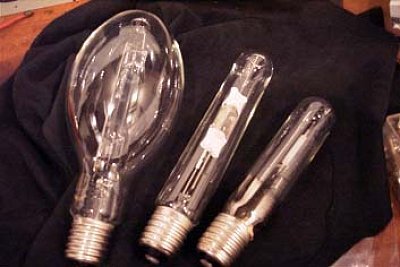Physical science experiments

ARGES
Determination of de-mixing and instabilities in metal halide lamps in weightlessness
High-Intensity Discharge (HID) lamps are gaining ground in the lighting industry because of their very high-energy efficiency. Inside these lamps, which are enclosed in a ceramic container, the gaseous contents begin to de-mix or separate away from each other over time. When this separation occurs the resulting distribution of light is non-uniform in the illuminated area.
Furthermore, instabilities might occur in the lamp. This instability is characterized by the fact that the central channel of the plasma (ionised or electrically charged gas) starts to bend away from the central axis and may even start to rotate around this axis, in the shape of a corkscrew.
Although the instability may not have a direct detrimental effect on the efficiency of the lamp, lamps which are instable for a prolonged period, may develop a crack in the wall of the ‘burner’ allowing the gaseous contents to leak into the outer bulb, and thus making the lamp no longer functional. Furthermore they make the lamp flicker.
The main objectives of this experiment are to determine which factors are critical in the onset of spiral formation instabilities in HID lamps and to characterise the separation of individual gaseous elements in HID lamps using high-resolution emission spectroscopy. Spectroscopy analyses the light emissions coming from the different elements within the lamp.

